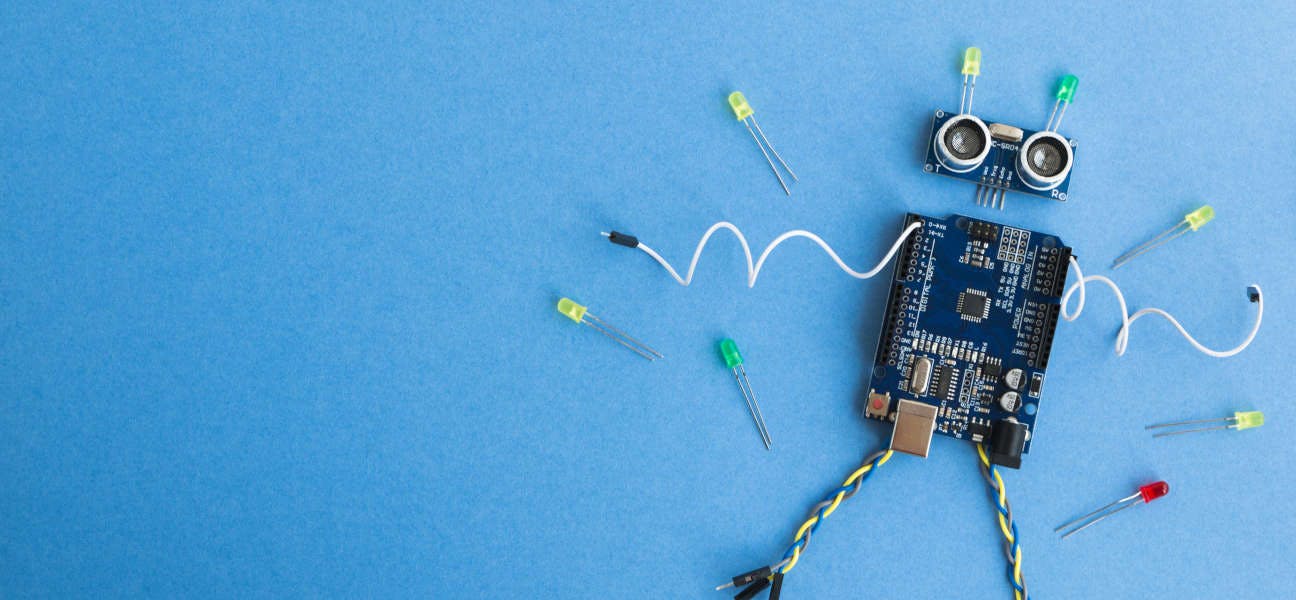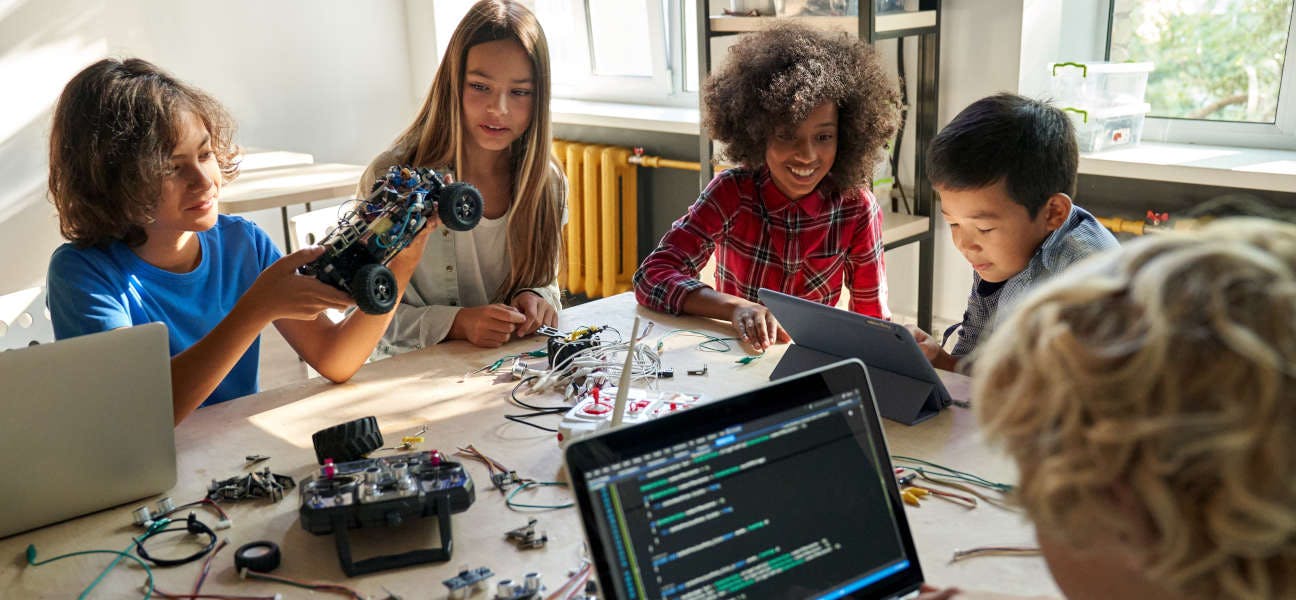Is DAD the future of education?

As the world continues to move toward an increasingly digital landscape, the role of distance learning in
education is becoming increasingly crucial.
As is well known, distance education, DAD (in Italy), allows students to access educational materials and
resources from anywhere in the world, giving them greater freedom and flexibility in their studies. It also
offers educational institutions more opportunities to reach students who may not have access to traditional classrooms for reasons of geographic distance. Or the economic opportunities to attend - from off-site -university faculties.
DAD has opened up new possibilities for teachers to provide individualized instruction and support that
were not possible before and for students to access teaching that was unimaginable just a few years ago. Unfortunately, we are used to associating DAD with a dark period in our recent history. The pandemic at its worst had locked us indoors, and the children were left with only one way to be able to pursue their studies: DAD.
But DAD is not just a parenthesis within a tragedy. Distance education is much, much more. DAD has
enabled teachers to build relationships with their students even when they were distant. Through online
tools such as video conferencing, virtual classrooms and interactive whiteboards, teachers have had (and still have) the opportunity to communicate with their students beyond the walls of the school.
As distance learning continues to evolve, DAD will play an even greater role in shaping the future of teaching by providing educators with new ways to interact with their students.
But as distance learning increases, parents are also given more control over their children's education.
Parents may now be able to be more involved in their children's learning process; they may exercise more timely control over schedules, homework, tests, etc.
As technology continues on its course, we will likely continue to see an increase in the use of distance
learning. Especially for more mature students. In short, not elementary school children.
The future of teaching comes down to finding the most effective and efficient ways in leveraging
technology to create connections between teachers, students and parents.
DAD may be one such way. Probably not the only one. But it is now evidence that distance education is
changing the future of education in significant ways. However, distance education also presents challenges, such as the lack of social interaction and the increased difficulty for teachers to monitor student progress.
To ensure that distance education is effective, it is important that teachers use advanced technologies and innovative teaching methodologies. Which ones? Several are likely to emerge in the coming months or years. Certainly different from those used during the pandemic.
In addition, it is imperative that students have access to a good Internet connection as well as the digital devices they need to attend classes. This implies an additional digital divide issue on top of those already known.
One future option is for distance education to become increasingly integrated into formal education. A kind of blended education. A mixture of in-person lectures and DAD classes. Which, moreover, is already
happening in several universities.
If this mode of learning were to extend to the lower orders of study, it is likely that we would see greater
flexibility in curriculum planning, greater accessibility for students with special needs, and greater
interaction between students and teachers around the world.
Distance learning has its advantages and disadvantages. On the one hand, distance learning can provide a more flexible schedule and allow students to learn at their own pace. On the other hand, it can be difficult to stay motivated without the physical presence of a teacher or classmates.
Pros of distance education:
Cons of distance education:
Ultimately, DAD represents an opportunity to revolutionize education and make it more accessible and
inclusive. However, it is important that this evolution be managed fairly and responsibly, ensuring that all
students have access to the resources and opportunities they need to succeed.
We supply, install and configure, for educational institutions and businesses, technological devices that make possible a digital and engaging learning experience, even at a distance, through an extensive network of highly qualified partners.



